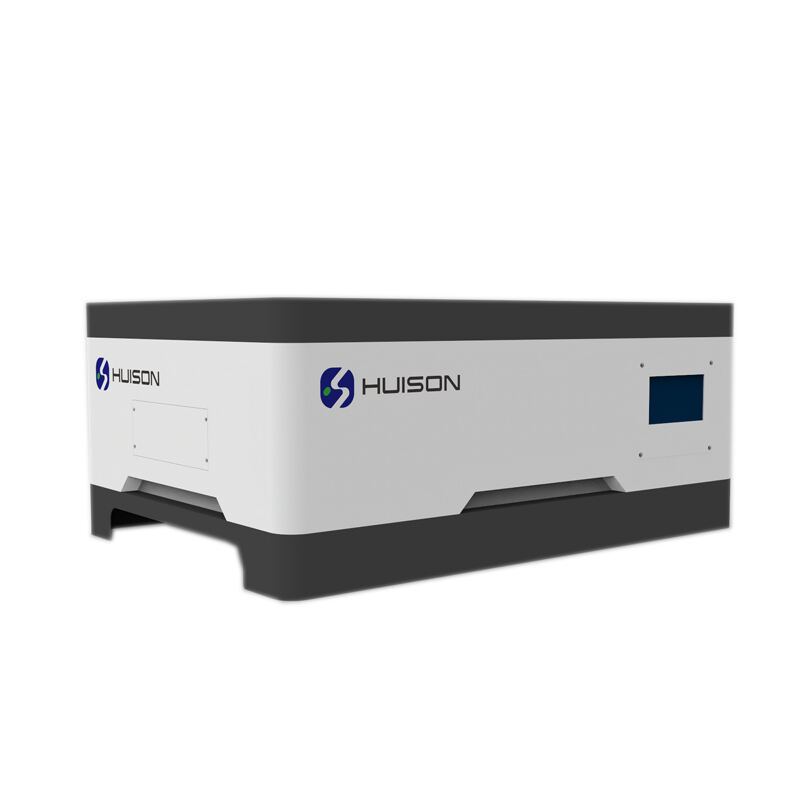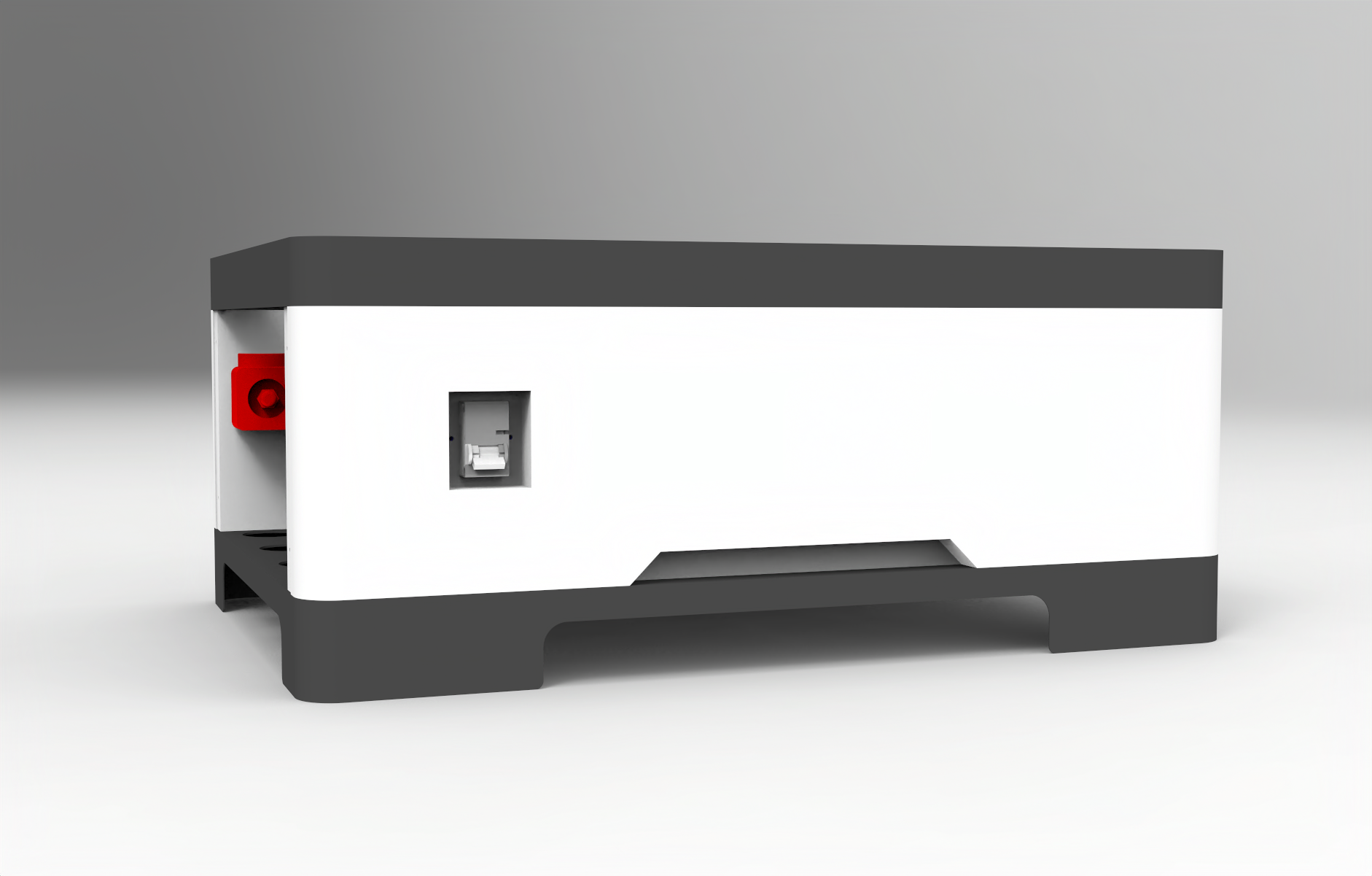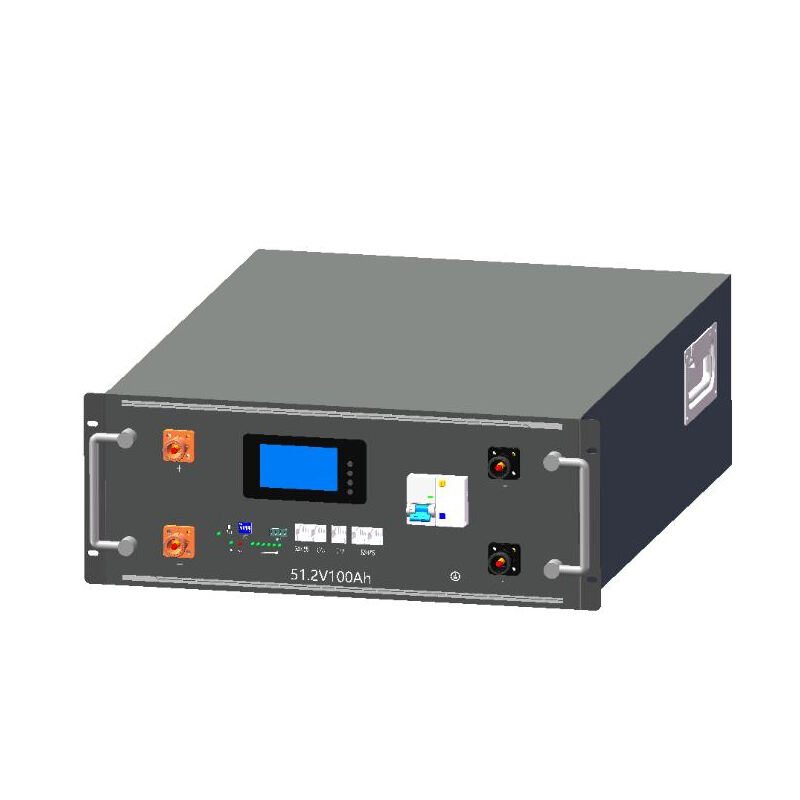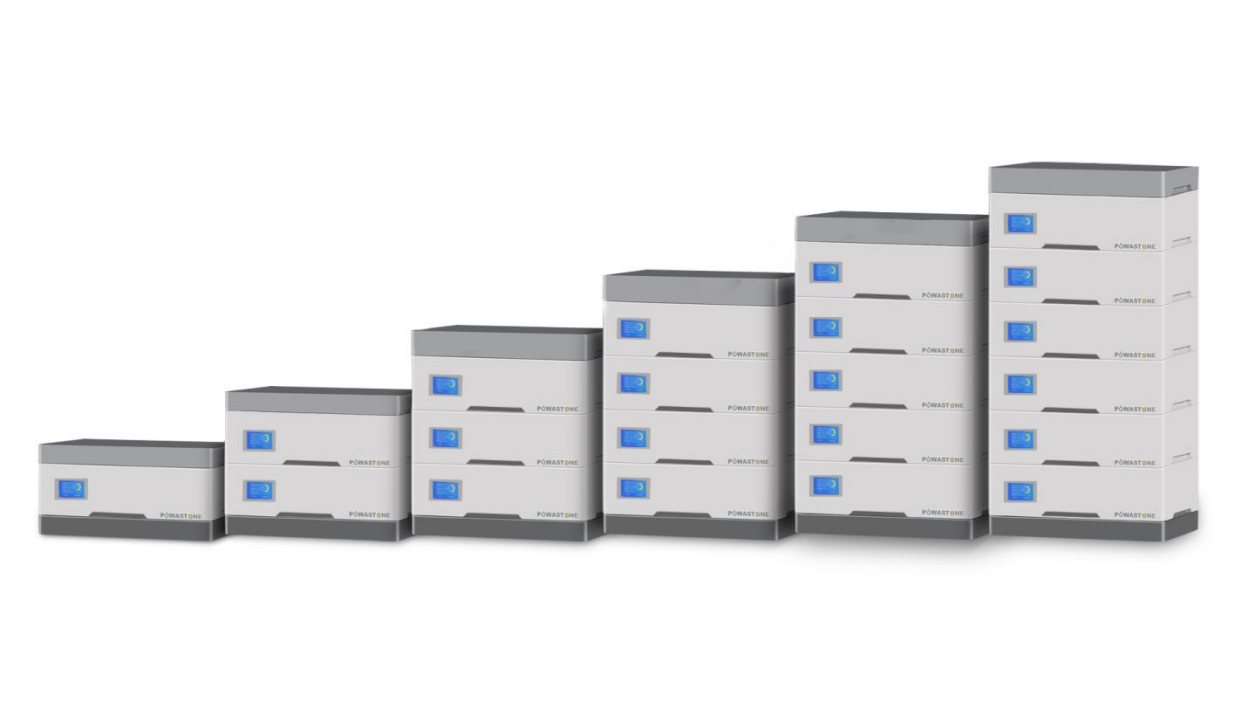How to preserve the long cycle feature of batteries?
Introduction: The Quest for Longevity in Energy Storage
In an era powered by portable electronics, electric vehicles, and renewable energy systems, the battery has become the heart of modern technology. For businesses and homeowners investing in Energy Storage Systems (ESS), the most critical metric is often the long cycle feature—the battery's ability to withstand hundreds, even thousands, of charge and discharge cycles while retaining a significant portion of its original capacity. A battery with a robust long cycle life translates to lower long-term costs, greater reliability, and a reduced environmental footprint.
As a company deeply integrated into the R&D and production of advanced energy storage solutions, including Lithium-ion battery and Sodium-ion battery systems, Huison Energy understands the science behind degradation. This article provides a comprehensive, professional guide on how to preserve the long cycle feature of your batteries, ensuring you get the maximum return on your investment.
What Degrades Battery Cycle Life?
Before we can preserve cycle life, we must understand what diminishes it. The primary factors are:
-
Chemical Degradation: Repeated cycling causes irreversible chemical reactions within the cells. This includes the growth of a passive film on the electrode surfaces (Solid Electrolyte Interphase or SEI) and the loss of active lithium or sodium ions.
-
Heat: Elevated temperatures are the arch-nemesis of battery longevity. Heat accelerates all chemical degradation processes, leading to faster capacity fade.
-
Stress Factors: These include operating at extreme States of Charge (SoC), high charge/discharge rates (C-rates), and deep discharging.
The key to preservation is minimizing these stressors through intelligent usage and advanced technology.
Key Strategies to Maximize Your Battery's Cycle Life
1. The Brain of the System: Leveraging a High-Quality BMS (Battery Management System)
A sophisticated BMS is not a luxury; it is the cornerstone of battery longevity. It acts as an intelligent guardian, continuously monitoring and protecting each cell. A premium BMS, like those integrated into Huison Energy's ESS products, ensures:
-
Cell Balancing: It actively balances the voltage of individual cells within a pack. Imbalances force some cells to work harder than others, leading to premature failure of the weakest cell and limiting the entire system's capacity.
-
Precise Voltage and Current Control: The BMS strictly prevents overcharging and over-discharging, two of the most damaging conditions for any battery chemistry.
-
Thermal Management: It works in tandem with cooling or heating systems to maintain the battery within its ideal temperature window.
2. The Sweet Spot: Avoiding Extreme States of Charge
While it might be tempting to charge your battery to 100% and use it until 0%, this practice significantly strains the chemistry. For optimal long cycle feature preservation:
-
Avoid 100% SoC for Extended Periods: Lithium-ion batteries, in particular, experience higher stress when kept at a maximum voltage. If possible, set your charge limit to 80-90% for daily use, reserving a 100% charge only when necessary for a long trip or critical backup power.
-
Avoid Deep Discharges: Similarly, avoid regularly draining the battery below 20%. Shallow cycles (e.g., cycling between 20% and 80%) are far less stressful than full depth-of-discharge cycles.
-
Long-Term Storage Tip: If storing a battery for months, charge or discharge it to approximately 50-60% SoC. This is the most stable state and minimizes degradation during inactivity.
3. Temperature is Everything: Effective Thermal Management
Maintaining an optimal temperature is paramount. The ideal operating range for most Lithium-ion battery and Sodium-ion battery systems is between 15°C and 25°C (59°F to 77°F).
-
Avoid High-Temperature Environments: Never install a Residential or Telecom ESS in a sun-exposed, non-insulated location like an attic. High temperatures during charging are especially detrimental.
-
Low-Temperature Charging: Charging a battery at temperatures below 0°C (32°F) can cause permanent metallic lithium plating on the anode, severely damaging the cell. A high-quality system will have a BMS that inhibits charging under freezing conditions.
-
Active vs. Passive Cooling: For industrial and commercial applications with high power demands, systems with active cooling (e.g., liquid cooling or fans) are essential to maintain the long cycle feature by dissipating heat effectively.
4. Mind the Rate: Optimizing Charge and Discharge Currents
High C-rates (a measure of charge/discharge speed relative to capacity) generate more internal heat and mechanical stress. Using a 1C rate (a one-hour charge) is more stressful than a 0.5C rate (a two-hour charge).
-
Use Appropriate Chargers: Always use the manufacturer-recommended inverter or charger. An oversized charger that forces rapid charging will compromise cycle life.
-
Manage Loads: For UPS and outdoor energy storage applications, be mindful of connecting extremely high-power devices that demand massive currents instantly. Spread large loads where possible.
Huison Energy's Integrated Approach to Longevity
At Huison Energy, our dedication to the long cycle feature is embedded in our vertical integration. We don't just source components; we design and manufacture a comprehensive solution where the Lithium-ion battery or Sodium-ion battery, BMS, inverters, and EMS (Energy Management System) are engineered to work in perfect harmony.
Our system integration solution ensures that the BMS communicates seamlessly with the inverter to regulate charging based on temperature and load. Our EMS can be programmed for optimal charging strategies, like timing charges to avoid peak heat periods. This holistic approach, validated by stringent international certifications like UL1973 and IEC62619, guarantees that our microgrid and industrial and commercial customers receive a product built for endurance.
Conclusion: A Partnership in Performance
Preserving the long cycle feature of your batteries is a combination of selecting a high-quality product from a trusted manufacturer and adhering to intelligent usage practices. It is an investment in sustainability and reliability.
By understanding the role of a sophisticated BMS, operating within moderate State of Charge ranges, prioritizing thermal management, and using appropriate charge rates, you can dramatically extend the service life of your energy storage system. Huison Energy is committed to providing not just advanced PV and storage products, but also the knowledge to empower our users, ensuring your investment delivers clean, reliable power for years to come.














